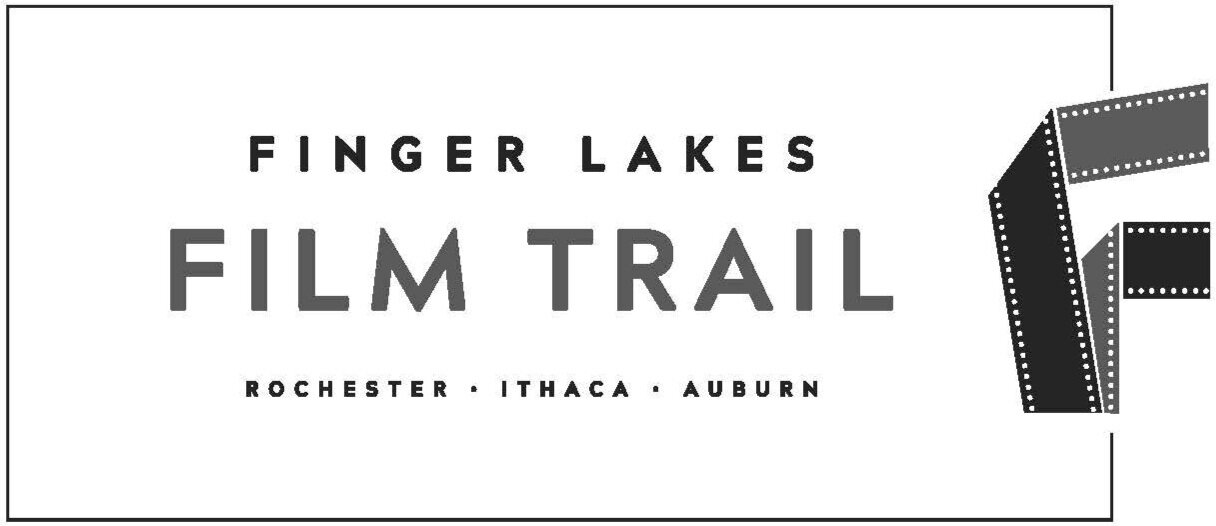
Sage Chapel
Visit Sage Chapel
147 Ho Plaza
Ithaca, New York 14850
Phone: (607) 255-4214
On November 13, 1960, Dr. Martin Luther King, Jr. stood at the ornate pulpit in Cornell University’s Sage Chapel. The dynamic orator, Atlanta’s Ebenezer Baptist Church assistant pastor and Southern Christian Leadership Conference chair, delivered a sermon to a packed crowd.
“The Dimensions of a Complete Life,” which King preached in several iterations over the course of his career as a civil rights leader, echoed major themes that the pastor expressed consistently about the faith tradition and its relation to civil rights activism.
Reverend King defined a person’s “complete life” with three components: individual self-affirmation (length), service to the larger community (breadth), and faith in God (depth, or height). In particular, for the African American community, the first criterion implied the necessity of having pride in one’s identity and history. Community service, in this context, King continued, involved acting to fight segregation and white supremacy by non-violent means by both black and white citizens. Finally, faith in God supported the work of civil rights activists, including King himself, in the face of discrimination and outright violence by segregationists.
In a similarly titled sermon preached the previous month in Philadelphia, King laid out an argument about the universality of the struggle for civil rights for African Americans. “It will be a victory not merely for seventeen or eighteen million Negroes. It will be a victory for democracy, a victory for justice, a victory for freedom,” King predicted. He praised the high school and college students directly involved as civil rights activists in the South. “For all of these months they have taken the deep groans and the passionate yearnings of the Negro people and filtered them in their own souls, fashioned them into a creative protest, which is an epic known all over our nation. . . . And I am convinced that when the history books are written the historians will have to record this movement as one of the most significant epics of our heritage, not merely because it seeks to bring about humanitarian ends, because it also has humanitarian means.”
That epic struggle would be severely tested by violence in the ensuing decade. During the “Freedom Summer” of 1964, a coalition of civil rights organizations—the Congress of Racial Equality (CORE), the Student Non-Violent Coordinating Committee (SNCC), and the National Association for the Advancement of Colored People (NAACP)—launched a campaign to register black voters, set up schools, and establish community centers in Mississippi. Some 1,000 volunteers, most of them white and from outside the South, traveled to Mississippi, where literacy tests and other restrictions prevented the vast majority of African Americans from voting.
Among this group were Andrew Goodman, whose parents had attended Cornell, and Michael Schwerner, a 1961 graduate of the university, both from New York City. They joined CORE’s voter registration drive in Meridian, Mississippi, working alongside local CORE organizer James Chaney. In June 1964, the trio drove to a nearby community to investigate a fire at a black church. Local police arrested the young men and released them late at night, when Ku Klux Klan members with coordination by local law enforcement captured and murdered them. National outrage over the state-sanctioned brutality galvanized public opinion and fueled support for the passage of the Civil Rights Act of 1964 and the Voting Rights Act of 1965.
The soaring Gothic space of the interfaith Sage Chapel, completed in 1875, marks the challenges and accomplishments of the civil rights movement of the 1960s.
It houses memorials to Chaney, Goodman, and Schwerner, as well as to Dr. King and his father, Reverend Martin Luther King, Sr., who gave a sermon at the chapel in 1979 as part of the Third Annual Black Festival of Gospel. Behind the lofty stone pulpit is a plaque commemorating the King sermons. Reverend Doctor Kenneth Clarke Sr., the director of Cornell United Religious Work, urged the addition of the memorial. Civil rights leader Dorothy Cotton, who worked as education director of the SCLC, unveiled the plaque in 2007 after she delivered the annual Dr. Martin Luther King Jr. Memorial Lecture at Sage Chapel. Cotton was a close aide of King, who was awarded the Nobel Peace Prize in 1964 for his leadership of the civil rights struggle. Leaders like Cotton, Georgia senator John Lewis, Mississippi voting rights activist Fannie Lou Hamer, and many others continued the fight for civil rights after King’s assassination in Memphis in 1968.
A striking three-paneled stained glass window commemorates the lives of the three CORE voter registration workers—Chaney, Goodman, and Schwerner. As part of its 30th reunion activities, Cornell’s Class of ’61—Michael Schwerner’s former classmates—had the window installed. In 2014, President Barack Obama awarded Chaney, Goodman, and Schwerner posthumously the Presidential Medal of Freedom.
Sage Chapel continues to host the Dr. Martin Luther King Jr. Commemorative Lecture to examine King’s legacy and his relation to contemporary racial justice issues. “The Commemoration seeks to bridge the gap between memory and history: the memory of an earlier generation that participated in or lived during the black freedom struggle of the 1950s and 1960s; and the history of a faraway time for persons born after this period,” explains lecture series organizers. After all, “the issues with which Dr. King grappled—racism, poverty and income inequality, war, militarism, imperialism, governmental abuses of power, barriers to community-based on ethnicity, religion, creed—remain with us today. These very issues currently constitute a greater threat to American democracy than at any time since his assassination in 1968.”
Sage Chapel is generally open for visitors. A wide range of activities, from spiritual to secular, regularly take place in the chapel, from interfaith services, weddings, and memorial services to organ recitals, film screenings, concerts, and lectures.




